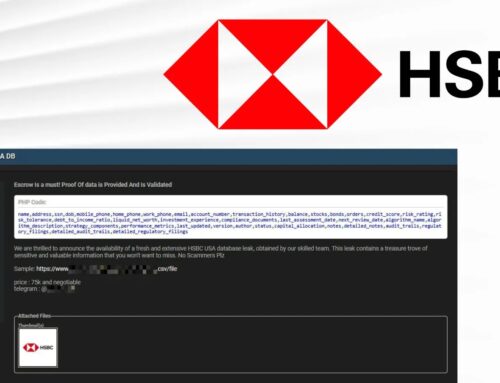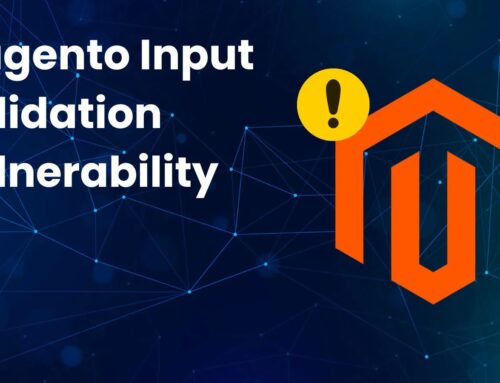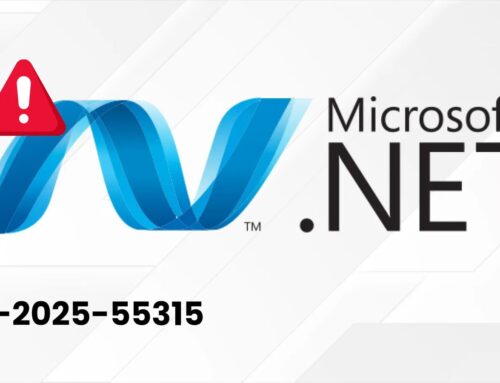
F5 Fixes HTTP/2 Vulnerability Enabling Massive DoS Attacks
The digital landscape is a constant battleground, and for network defenders, anticipating the next attack vector is paramount. A critical new vulnerability, recently disclosed by F5 Networks, highlights the persistent threat of Denial-of-Service (DoS) attacks, particularly those exploiting fundamental internet protocols. This insight delves into the specifics of the “HTTP/2 MadeYouReset Attack,” its potential impact, and the essential steps organizations must take to secure their F5 BIG-IP deployments.
Understanding the HTTP/2 MadeYouReset Attack (CVE-2025-54500)
F5 Networks has identified and patched a significant HTTP/2 vulnerability, tracked as CVE-2025-54500, which poses a serious threat of large-scale Denial-of-Service attacks. Dubbed the “HTTP/2 MadeYouReset Attack,” this flaw was publicly disclosed on August 13, 2025, with subsequent updates reinforcing the fix on August 15. The core of this vulnerability lies in its exploitation of how F5 BIG-IP products handle malformed HTTP/2 control frames. Instead of gracefully rejecting or ignoring these irregular frames, the affected systems can be coerced into excessive resource consumption, ultimately leading to service disruption.
For organizations relying on F5 BIG-IP devices for load balancing, application delivery, and security, this vulnerability represents a direct pathway for remote attackers to cripple corporate networks. A successful DoS attack can render critical applications unavailable, disrupt business operations, and lead to significant financial and reputational damage. The specificity of targeting malformed HTTP/2 control frames makes this a sophisticated yet potent attack vector.
Impact on Corporate Networks and F5 BIG-IP Products
The primary impact of the HTTP/2 MadeYouReset Attack is the potential for massive Denial-of-Service attacks. This isn’t merely about slowing down a service; it’s about making it entirely inaccessible. For corporate networks, this could translate to:
- Application Downtime: Critical business applications, e-commerce platforms, and internal services hosted behind vulnerable F5 BIG-IP devices could become unresponsive.
- Operational Disruption: Supply chains, customer service, and internal communications relying on these applications could halt, leading to significant financial losses.
- Reputational Damage: Prolonged outages undermine customer trust and can severely damage a company’s standing in the market.
- Resource Exhaustion: The malformed frames force the BIG-IP system to consume excessive CPU, memory, or network resources, preventing legitimate traffic from being processed.
While the initial disclosure specifically mentions “multiple BIG-IP products,” F5 has provided detailed information regarding the exact versions and modules affected in their official security advisories. Network administrators and security teams must consult these advisories to determine their exposure.
Remediation Actions and Best Practices
Given the severity of CVE-2025-54500, immediate action is crucial for organizations utilizing F5 BIG-IP products. The recommended remediation steps include, but are not limited to:
- Apply Patches Immediately: F5 has released security updates to address this vulnerability. Identify all affected BIG-IP devices within your infrastructure and apply the corresponding patches as soon as possible. Follow F5’s official patching procedures to ensure a smooth and effective update.
- Review F5 Security Advisories: Refer to the official F5 security advisory for CVE-2025-54500. This will provide precise version details, workaround recommendations (if any for temporary mitigation), and specific instructions.
- Isolate and Segment Systems: Implement network segmentation to limit the blast radius of a potential DoS attack. Even patched systems can benefit from robust network hygiene.
- Monitor for Anomalous Traffic: Enhance monitoring for unusual HTTP/2 traffic patterns, especially unexpected resets or malformed frame indicators, to detect potential exploitation attempts.
- Employ DDoS Protection: While patching is the primary solution, layered defenses, including dedicated DDoS mitigation services, can provide additional protection against various attack types.
- Regular Security Audits: Conduct regular security audits and vulnerability assessments of your network infrastructure, focusing on edge devices and application delivery controllers.
Relevant Tools for Detection and Mitigation
While the primary fix is patching, several tools can aid in monitoring, detection, and pre-emptive scanning to ensure network resilience:
| Tool Name | Purpose | Link |
|---|---|---|
| F5 iHealth | System diagnostic and analysis tool for F5 devices, helps identify misconfigurations and potential issues. | https://ihealth.f5.com/ |
| Nmap (Network Mapper) | Network discovery and security auditing. Can be used to identify open HTTP/2 ports and services. | https://nmap.org/ |
| Wireshark | Network protocol analyzer. Useful for deep packet inspection to identify malformed HTTP/2 frames in network traffic. | https://www.wireshark.org/ |
| Security Information and Event Management (SIEM) Solutions | Centralized logging and security event management. Crucial for detecting anomalous traffic patterns and attack indicators. | (Vendor Specific – e.g., Splunk, IBM QRadar, Microsoft Sentinel) |
Conclusion
The disclosure and subsequent fix for CVE-2025-54500, the “HTTP/2 MadeYouReset Attack,” underscore the critical importance of proactive cybersecurity measures. F5’s rapid response in addressing this vulnerability is a testament to the collaborative effort required in securing the digital frontier. For organizations, the takeaway is clear: timely patching, continuous monitoring, and a comprehensive understanding of your network’s attack surface are non-negotiable elements of a robust security posture. Staying informed about emerging threats and acting decisively are key to defending against the evolving landscape of cyberattacks.





